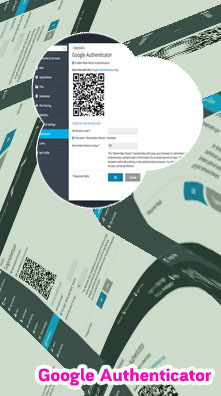When it comes to securing your cryptocurrency accounts, using a 2FA code is essential to prevent unauthorized access. However, issues with generating or accessing your 2FA code can be frustrating. To help you navigate these challenges, we have compiled a list of 3 articles that offer solutions to common problems related to Crypto 2FA codes. From troubleshooting tips to alternative authentication methods, these articles will help you keep your crypto assets safe and secure.
How to Troubleshoot Common Issues with Crypto 2FA Codes

As a seasoned expert in the world of cryptocurrency, I have encountered my fair share of challenges when it comes to dealing with 2FA codes. Two-factor authentication is a crucial security measure that helps protect our digital assets from unauthorized access. However, there are times when even the most reliable 2FA codes can cause headaches for users.
One common issue that many crypto enthusiasts face is the failure of 2FA codes to work properly. This can be due to a variety of reasons, such as incorrect time settings on your device or a temporary glitch in the authentication system. To troubleshoot this issue, you can try syncing the time on your device with an internet time server, or contact the support team of the platform you are using for further assistance.
Another common problem with 2FA codes is the loss of access to the authenticator app. If you have lost your device or accidentally deleted the app, you may find yourself locked out of your accounts. In this case, it is important to have a backup plan in place, such as saving your recovery key or using alternative authentication methods.
In conclusion, while 2FA codes are an essential tool for securing your cryptocurrency holdings, they can sometimes be a source of frustration. By understanding the common issues that may arise and knowing how
Top Alternatives to 2FA for Securing Your Cryptocurrency Accounts
In the world of cryptocurrency, security is paramount. With the increasing popularity of 2FA (Two-Factor Authentication) as a means of securing accounts, many are looking for alternative methods to safeguard their digital assets. While 2FA offers an additional layer of protection, it is not foolproof and can be vulnerable to attacks such as SIM swapping.
One alternative to 2FA is using hardware wallets. Hardware wallets are physical devices that store your private keys offline, making them less susceptible to online attacks. By keeping your keys offline, you can significantly reduce the risk of having your funds stolen.
Another option is using biometric authentication, such as fingerprint or facial recognition. Biometric authentication adds an extra layer of security by requiring a unique physical attribute in addition to a password. This can help prevent unauthorized access to your cryptocurrency accounts.
For those looking for a more traditional approach, paper wallets are another alternative to 2FA. A paper wallet is simply a physical printout of your private keys, which can be stored in a secure location offline. While paper wallets may be less convenient than other methods, they are highly secure as they are not connected to the internet.
Overall, exploring alternative methods to 2FA can help enhance the security of your cryptocurrency accounts. Whether you opt for
Tips for Safely Storing and Accessing Your Crypto 2FA Backup Codes
In the world of cryptocurrency, securing your assets is paramount. Two-factor authentication (2FA) adds an extra layer of security by requiring users to provide two forms of identification before accessing their accounts. This typically involves a password and a unique code generated by an app on your smartphone. However, what happens if you lose access to your 2FA app or device? This is where backup codes come in.
Backup codes are single-use codes that can be used to access your accounts in case you lose your 2FA device. It is crucial to store these codes securely to prevent unauthorized access to your accounts. One of the best ways to store backup codes is to write them down on a piece of paper and store it in a secure location, such as a safe or a locked drawer. Avoid storing them digitally, as this can make them vulnerable to hacking.
Accessing your backup codes when needed is just as important as storing them securely. Make sure you know where your backup codes are at all times and that you can easily retrieve them when necessary. Regularly check the expiration dates on your backup codes and update them as needed.